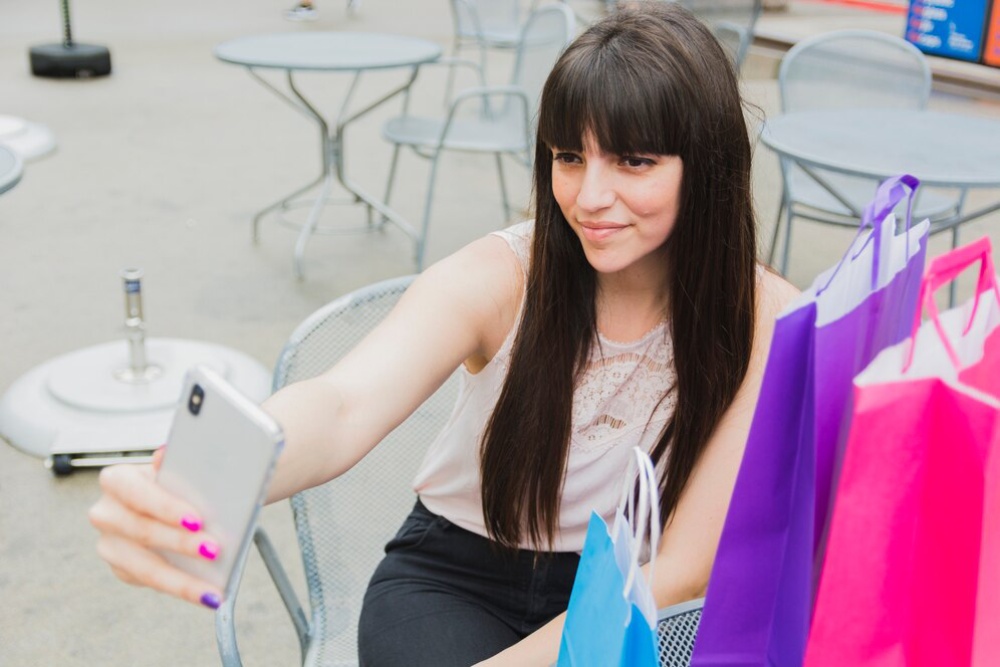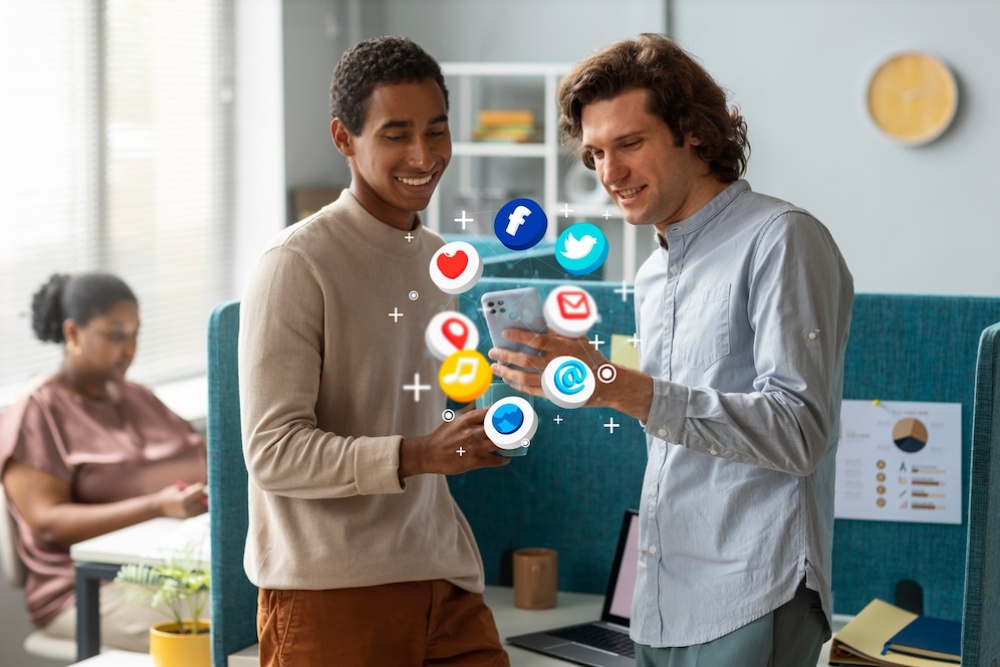
The Science Behind Impulse Buying in Retail
The Allure of the Unexpected Purchase
Ever walked into a shop intending to buy just one thing, only to leave with a handful of items you hadn’t planned on purchasing? You’re not alone. This phenomenon is known as impulse buying and plays a significant role in the retail landscape. Impulse buying can happen anytime. It might be a chocolate bar at the checkout or a gadget bought online during a flash sale. These decisions are influenced by complex psychological triggers.
Understanding what drives unplanned purchases can open new opportunities for retailers in today’s fast-paced consumer market. Impulse buying is shaped by many psychological and environmental factors. This includes the store aisle layout and personalised online recommendations.
In this post, we’ll look at the science of impulse buying in retail. We’ll discuss how it happens, why it occurs, and the techniques retailers use to promote it. Also, we’ll see how consumer awareness is changing. By the end, you’ll understand why you splurge. You’ll also see how retailers use this behaviour to grow.
Understanding Impulse Buying: A Psychological Perspective
What Is Impulse Buying?
Impulse buying means buying items on a whim. It happens without thinking ahead or considering future effects. These decisions are spontaneous and emotionally driven rather than rational or budgeted. Studies show that 40% to 80% of purchases are impulsive. This varies by product type and shopping setting.
The Role of Emotions and Triggers

Emotions are central to impulse buying. Key emotional triggers include:
- Excitement – The thrill of discovering something new or exclusive.
- Stress relief – Shopping as a way to cope with anxiety or frustration.
- Reward – Treating oneself after an achievement or a hard day.
Retail environments often play to these emotional states by using stimuli such as:
- Bright colours and appealing signage
- Pleasant scents (e.g., fresh bread in supermarkets)
- Background music to set the mood
The Influence of Cognitive Biases

Several cognitive biases play into the psychology of impulse buying:
- Scarcity Bias – When a product appears limited, we’re more likely to buy it out of fear of missing out (FOMO).
- Anchoring – Seeing an initial high price followed by a discount makes the deal appear better than it might actually be.
- Social Proof – Popular items with high reviews or visible interest from others can drive spontaneous decisions.
Retail Tactics That Encourage Impulse Purchases
In-Store Techniques
Brick-and-mortar retailers have long used clever design to increase retail psychology:
- Strategic Placement – Placing high-margin items at eye-level or near checkout areas.
- Bundling Products – Grouping complementary products to encourage multiple purchases.
- Trial and Sampling – Offering free samples or try-before-you-buy experiences.
Digital Influence in Online Retail

Impulse buying isn’t confined to physical shops. In fact, e-commerce platforms have elevated it to a new level:
- Flash Sales and Countdown Timers – Creating urgency.
- ‘People Also Bought’ Suggestions – Leveraging social proof and convenience.
- One-Click Checkout – Minimising friction to encourage quick decisions.
Personalisation and Retargeting
Online retailers use consumer data to provide personalised recommendations. They rely on browsing history, cart activity, and demographic insights. Retargeting ads are those reminders of products you looked at days ago. They are strong tools for encouraging unplanned purchases.
Demographics and Impulse Buying Trends
Age and Gender Differences
Impulse buying behaviour varies across different demographics:
- Younger shoppers (18–34) are more likely to make spontaneous purchases, especially online.
- Women often dominate traditional retail impulse buys (clothing, beauty). Men are more prone to splurging on tech or hobby-related products.
Cultural Influences
Cultural norms and societal values also affect how people shop:
- In Western countries, individualism and consumerism drive personal indulgence.
- In Eastern cultures, impulse buying may be more socially influenced and driven by group identity.
The Neuroscience of Spontaneous Spending
Dopamine and the Reward Centre
At the neurological level, impulse buying is linked to dopamine release—the brain’s way of rewarding pleasure. Getting something new can make our brains feel good. This is why shopping feels so rewarding.
Decision Fatigue
Too many choices can overwhelm consumers. This often leads to decision fatigue. As a result, they may make quick, impulsive choices. Retailers who offer fewer, well-curated suggestions often perform better in closing impulsive sales.
Ethical Considerations in Retail Psychology
Manipulation vs. Influence
There’s a thin line between guiding customer decisions and manipulating them. Retailers should be careful not to take advantage of vulnerable consumers. This includes people who have problems with compulsive shopping or mental health issues.
Transparent Practices
Retailers adopting ethical marketing practices may offer features like:
- Spend alerts or shopping limits
- Clear return policies
- Opt-in personalisation options
When brands give consumers clear information, they build trust. This leads to long-term loyalty instead of just quick sales.
Case Studies: Impulse Buying in Action
Tesco’s Checkout Strategy
Tesco is one of the UK’s largest supermarket chains. It strategically places confectionery and small-ticket items near checkout counters. This placement is combined with kid-level product displays. It taps into both parental and child impulse-buying tendencies.
ASOS and Online Personalisation
ASOS is a fashion e-commerce giant. It uses real-time personalisation and limited-time discounts to drive impulse buys. Shoppers receive pop-up notifications about low stock or popular items. This creates a sense of urgency and exclusivity.
Amazon’s ‘Frequently Bought Together’ Feature
Amazon leverages data-driven bundling to prompt additional purchases. Users viewing a product often see what others bought alongside it. This reduces the mental load of decision-making and encourages spontaneous spending.
Strategies for Retailers to Harness Impulse Buying Responsibly
Combine Convenience with Value
Make the purchase process seamless:
- Fast loading times on e-commerce sites
- Multiple secure payment options
- Simplified checkout processes
Use Visual Merchandising Intelligently
Appealing product presentation can have a significant effect on sales:
- Showcase products in aspirational contexts (e.g., lifestyle imagery)
- Use lighting and colours to draw attention to high-margin items
Implement Data-Driven Marketing
Use analytics to segment audiences and deliver:
- Relevant product recommendations
- Personalised email campaigns
- Behaviour-based retargeting
Coping With Impulse Buying: Tips for Consumers
While impulse buying benefits retailers, consumers may need strategies to manage it:
- Set budgets before shopping.
- Wait 24 hours before making an unplanned purchase.
- Unsubscribe from promotional emails if they lead to unnecessary spending.
- Use shopping lists and stick to them.
Helping shoppers regain control builds brand trust. Retailers can support this by offering tools like wish lists and budgeting tips.
Conclusion: Understanding Impulse to Drive Smarter Retail
Impulse buying is far from random. It’s a calculated interplay of emotion, environment, and psychology, expertly wielded by savvy retailers. Spontaneous purchases drive a big part of retail sales around the world. You see this from supermarket shelves to online shopping.
Retailers who grasp consumer behaviour can boost revenue and build trust. Using ethical retail psychology helps them achieve both goals. Brands can use smart technology, visual design, and behavioural insights. This helps them encourage impulse buys that feel natural, fun, and respectful.
Helping consumers spot these triggers leads to a better shopping experience. This benefits both buyers and sellers.
Ready to apply these insights to your retail strategy? No matter if you’re a startup or a well-known brand, knowing how impulse buying works can open up new chances for growth. Stay tuned for more behavioural science-driven tips in our next post!


